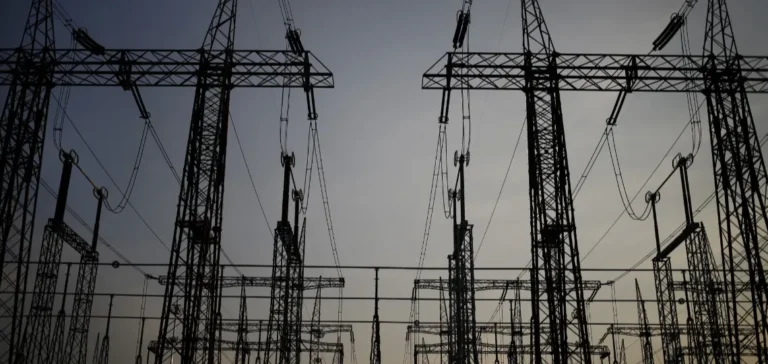US utilities are planning a substantial expansion in high-load capacity, with 116 gigawatts (GW) already committed or under construction—equal to 15.5% of the country’s current peak demand. Including projects in advanced discussions or short-term forecasts, the total potential reaches 147 GW, representing 20% of estimated peak demand.
Nearly 60 GW of this capacity is expected to be operational by 2030, according to utility forecasts. By 2035, approximately 93 GW could be in service. Beyond this point, few official announcements have been made, indicating either a slowdown or lack of long-term visibility.
Shift toward deregulated markets
While nearly all of the 17 GW currently under construction is located in regulated markets, upcoming projects are increasingly directed toward deregulated ones. Approximately 46% of committed but unbuilt capacity and 35% of capacity in advanced discussion is planned for these areas, with notable concentrations in the Electric Reliability Council of Texas (ERCOT) and PJM Interconnection regions.
This shift raises concerns about supply stability and potential tariff impacts on non-industrial customers. Several local regulatory authorities, including those in Texas and the PJM zone, have already taken action to address risks associated with this market evolution.
Declining visibility on long-term projects
The share of so-called “high-confidence” projects has declined despite occasional increases, as new requests consistently outpace the progress or withdrawal of existing ones. This imbalance increases uncertainty regarding the actual materialisation of committed projects.
The rise of data centres is adding further pressure to the grid. For projects exceeding 300 megawatts (MW), the average time to reach contracted capacity often exceeds four years, based on available data. This timeline further complicates infrastructure planning efforts.
Connectivity and timing of load activation
The speed at which data centres are connected to the grid does not guarantee immediate load activation. The actual timing of peak consumption depends largely on internal strategies of data centre developers, whose deployment timelines vary significantly between projects.
This uncertainty around activation timelines presents structural challenges for grid operators, particularly in deregulated markets, which may need to adjust planning mechanisms to accommodate this growing high-intensity demand.






















